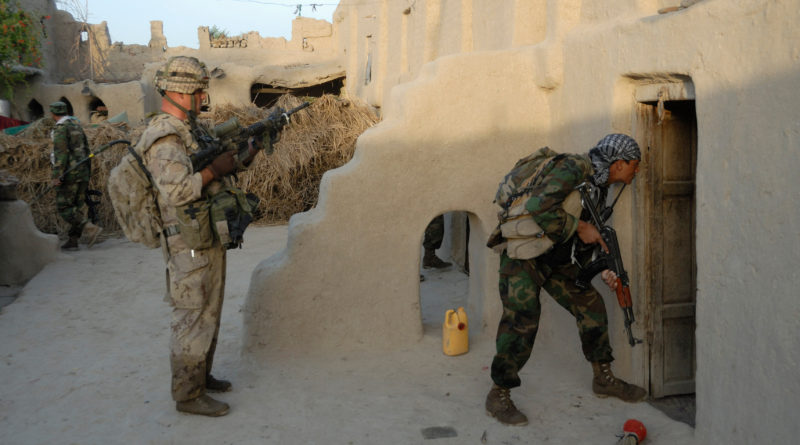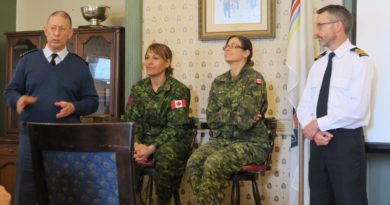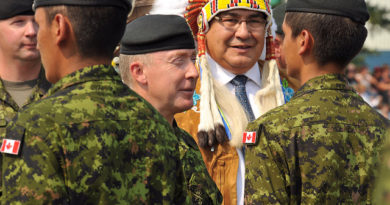Simulated Diplomacy: Mock Afghan Village Demonstration at Canada’s Embassy in Washington, DC
The Canadian Embassy in Washington, D.C. launched a two-day conference about Canada’s operations in Afghanistan to inform U.S. legislators, U.S., allied and partner nation general and flag officers1, and selected diplomats in the American capital area. Canadian military public affairs officer assigned to the Embassy’s Canadian Defence Liaison Staff (CDLS), Lieutenant-Colonel Doug Martin, suggested that the conference be complemented by erecting a “mock Afghan village” on the grounds of the embassy, to simulate Taliban attacks on the village using simulated gunfire and explosions, to be performed five times during the two days of the conference.
The Canadian Embassy is located at 501 Pennsylvania Ave NW, Washington, D.C., in the heart of the U.S. capital, with the Capitol building on one end of the street and the National Mall and White House on the other. Pennsylvania Avenue is said to be the city’s busiest street. This event was to take place September 23-24, 2009, twelve days after the eighth anniversary of the September 11, 2001, al Qaeda attack on New York’s World Trade Centre (WTC) and Arlington, VA’s Pentagon, the headquarters of the U.S. armed services. These attacks killed 2,753 in the WTC and on the airliners that were flown into the WTC’s twin towers; 125 perished in the Pentagon; and the 19 terrorists died in the attack. Also, worthy of recognition are the 343 New York City firefighters, twenty-three New York City police officers and thirty-seven officers at the Port Authority. Another 184 people were killed when the hijacked American Airlines Flight 77 was directed into the building. Another 40 passengers and crew members of United Airlines Flight 93 died near Shanksville, Pennsylvania, when they attempted to regain control of the plane from hijackers (CNN, 2017).
On September 13, Washington-based Globe and Mail reporter Paul Koring reported that Defence Minister Peter MacKay’s office directed that the gunfire and explosions be removed from the simulations.
While ultimately cancelled, the effort to use simulated explosions and gunfire on the embassy grounds raises several issues of concern about how this event was coordinated.
(The full paper follows. A PDF of the paper is here.)
Simulated Diplomacy: Mock Afghan Village Demonstration at Canada’s Embassy in Washington, DCMajor Tim Dunne is a retired military public affairs officer of the Canadian Armed Forces with extensive service at home and abroad. He is currently a part time professor of communication studies at Mount Saint Vincent University, Halifax, Nova Scotia.
Photo: Canadian Forces Combat Camera.



